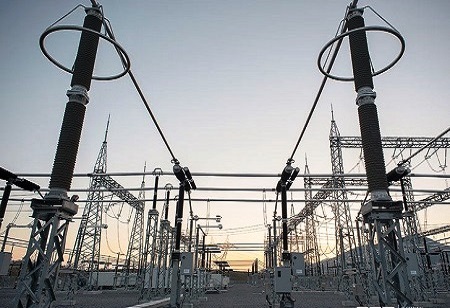Electricity is not only one of the essential contributors to the economic growth of a country but it is also directly linked to the GDP of the country. India is on the brink of becoming a major power nation among developing countries. According to recent research, the India Power & Distribution Transformer market is projected to grow at a CAGR of 3.0 percent during 2020-2026. This market is anticipated to witness continuous growth over the forecast period owing to government initiatives to augment the electrification rate and raise the operational efficiency of discom in the country. Also, there has been an increase in demand for power in India owing to factors such as an increase in capacity utilization, industrialization, urbanization, and population.
At the moment, India has the fifth largest installed capacity in the power sector worldwide. Moreover, reforms such as “Power for all” and plans to add 175 GW of capacity by 2022 would increase the demand for power transmission and distribution equipment.
The Government of India has not only taken major steps to strengthen the power transmission & distribution network but has also made initiatives such as UDAY, that will enable financial turnaround of power distribution companies in the country. Also, it foresees an additional Rs 1 lakh ckm of transmission lines and Rs 2.9 lakh MVA of transformation capacity between 2017-2022. This will not only help in strengthening the transmission network but also raise the demand for power transformers.
The implementation of UDAY and other discom schemes has resulted in extensive acceleration of infrastructural amendment in the nation, which has influenced invitation for bids for renovation and up-gradation of the existing T&D network.
DDUGJY and IPDS are some of the Government schemes aimed at improving the distribution networks in rural and urban areas, respectively. They largely drive the distribution transformer demand in the country. The demand from these schemes is anticipated to continue. In addition to the existing schemes, new schemes such as Saubhagya are introduced to provide last-mile connectivity to rural consumers, which is expected to increase future demand. In the Infrastructure landscape, the Metro Rail Projects specifically are witnessing a surge in demand for distribution transformers. The increased government spending in this landscape is set to fuel growth and demand in the near future.
While Western India is accounted for the largest revenue share, the major investment in the transmission sector is expected in Southern India, followed by Northern and Western India. And in the distribution sector, the Western region is projected to receive the highest investment followed by the southern and northern regions.
